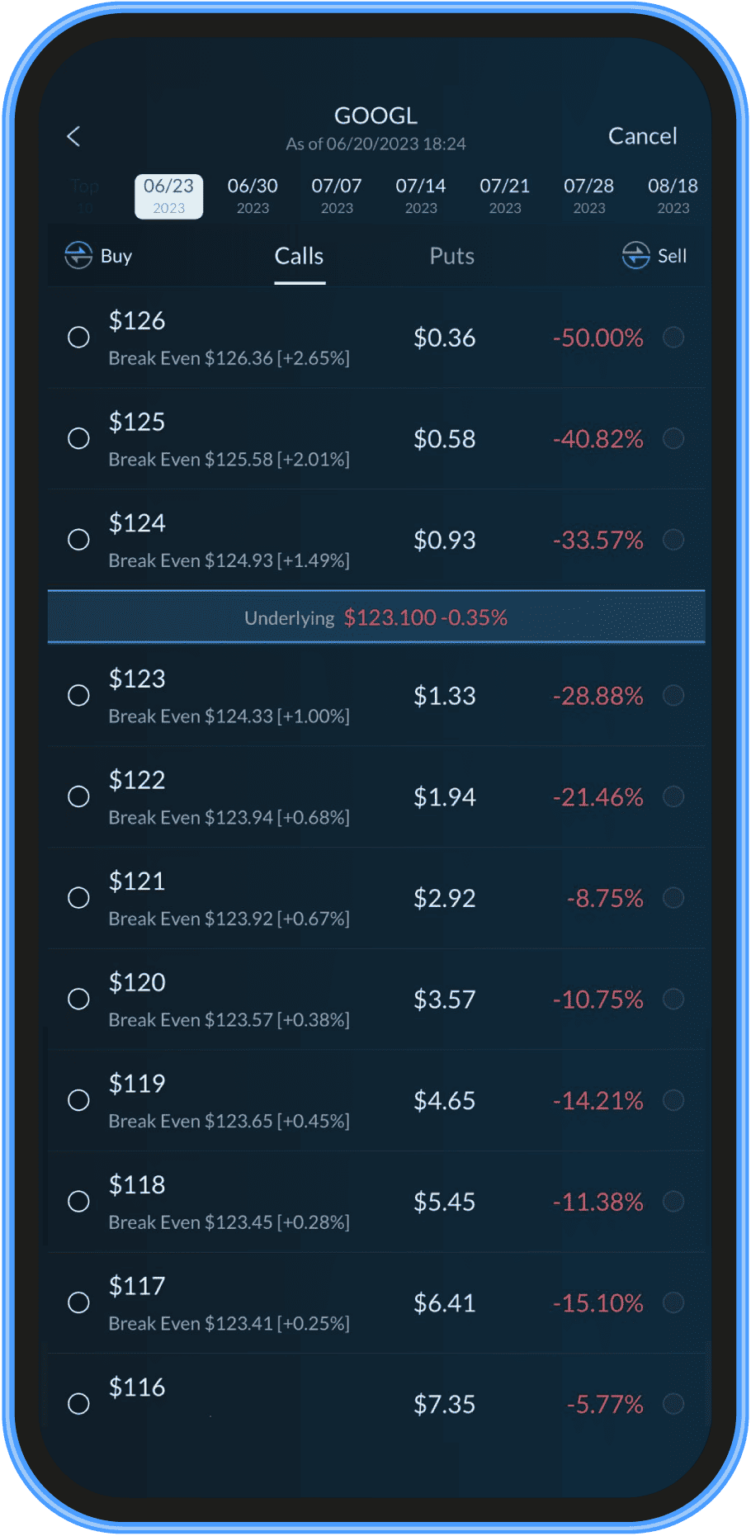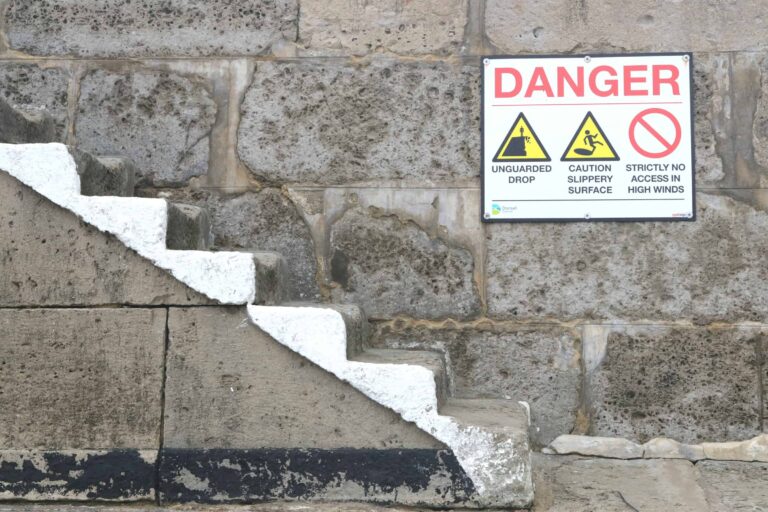Imagine a stock is currently trading at $50. An investor owns 100 shares of the stock and anticipates a moderate price rise but wishes to generate additional income. They decide to implement a covered call strategy to achieve this goal.
Here’s how the investor sets up this strategy:
1. Own the Underlying Stock: The investor already owns 100 shares of the stock, valued at $5,000.
2. Sell a Call Option: The investor sells a call option with a $55 strike price, receiving a premium of $3, or $300 for one contract (since 1 option contract typically represents 100 shares).
The net credit (income) for this strategy is $300.
Outcome scenarios:
Stock exceeds $55 at expiration: The call option is in-the-money, and the investor’s shares are called away at $55. The total profit is $800 ($500 from the stock appreciation plus the $300 premium received).
Stock remains below $55 at expiration: The call option expires worthless, and the investor keeps the $300 premium. If the stock remains at $50, there’s no change in the stock value, and the total profit is the $300 premium.
Stock falls below $50 at expiration: The call option expires worthless, and the investor keeps the $300 premium. However, the investor will incur a loss on the stock itself, depending on the exact stock price at expiration.
The covered call strategy provides a way for investors to generate additional income from their existing stock holdings while potentially sacrificing some upside potential if the stock rises significantly.
Disclaimer: This article is for informational purposes only and is neither investment advice nor a solicitation to buy or sell securities. Investing carries inherent risks. Always conduct thorough research or consult with a financial expert before making any investment decisions.
P.S. If you don’t yet have a BBAE account, we are still offering an up to $400 sign-up bonus for your first deposit. Get it while it lasts!















